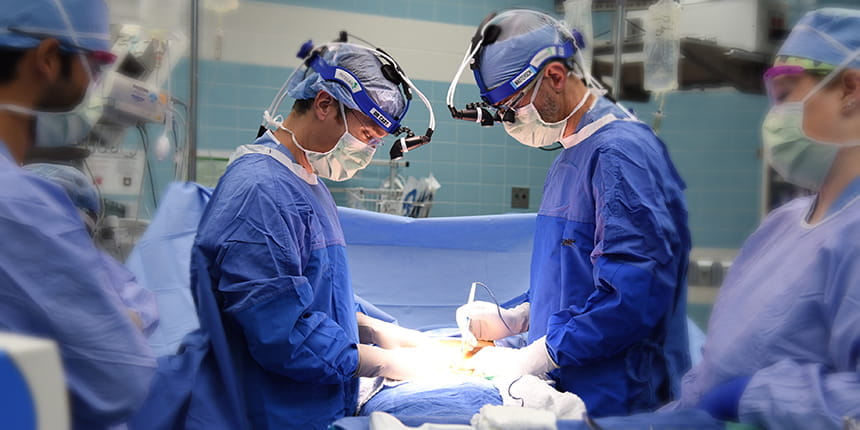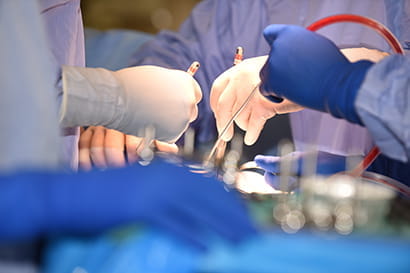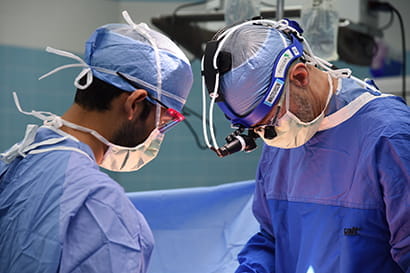Approximately 9,000 new cases of testicular cancer are diagnosed in the United States each year. In 70 percent of these cases, the disease is confined to the testicle (pT1-4N0M0) and, therefore, defined as a clinical stage I disease with normal serum tumor markers (i.e. beta human chorionic gonadotropin and alpha-fetoprotein). Germ cell tumors (GCTs) are classified as either seminoma or nonseminoma. Pure seminoma represents up to 40 percent of stage I cases and nonseminomatous tumors generally contain a mixture of cell types, including embryonal cell carcinoma, yolk sac tumor, teratoma and choriocarcinoma.
Management options for stage I tumors depend on the histology of the primary testicular tumor being either pure seminoma or mixed nonseminomatous germ cell tumor (NSGCT). About 99 percent of men diagnosed with a stage I tumor are cured of the disease. In the setting of larger volume metastatic disease, chemotherapy is required and possibly a postchemotherapy retroperitoneal lymph node dissection (PC-RPLND) if there is residual disease following chemotherapy. Indiana University School of Medicine Department of Urology faculty specialize in researching and providing treatments for all types of testicular cancer.





